1. The English language we use today originated in Leicester
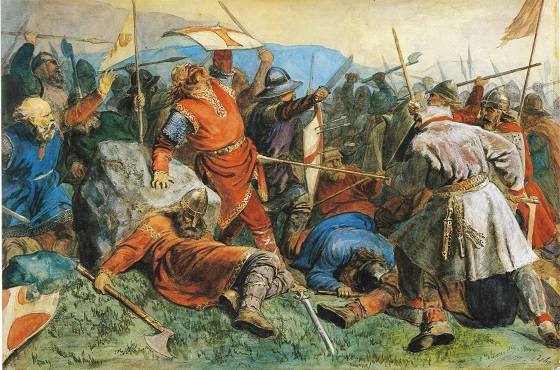
Oo-yor fight-oh. Saxons and Vikings before they made peace.
You’ll soon cotton on to the fact that the Leicester dialect is unique with its clipped vowels and ‘ey up me ducks, ‘Les-tohs’ and ‘oo-yors’ - but we bet you never knew that our fine city is the birthplace of the English language we use today.
Experts believe that 1,000 years ago in Leicester – the heart of England - the warring Anglo Saxons and Vikings set aside their differences and the two communities started sharing their trades and languages and helped to shape modern standard English.
If it wasn't for this, we would probably still use an Anglo-Saxon style of language more similar to German.
2. The River Soar used to be pink
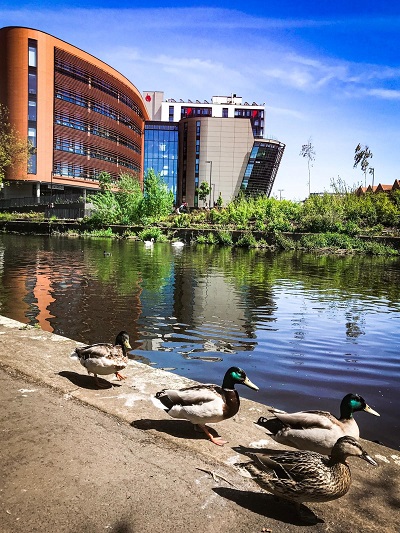
The banks of the Soar at the bottom of the DMU campus
Leicester’s main water course – which runs alongside the DMU campus – used to be known for its strange pink hue. This was all down to the city’s industrial heritage when it was famous for its textiles. In fact, the clothing industry was so successful in the 1930s that Leicester was named the second richest city in Europe.
Water was an essential part of the manufacturing process so textile mills were all built on the riverside. Unfortunately, the waste was flushed back into the Soar creating the pink colour.
The textile industry is not what it was and we are happy to report that the Soar is now rich in wildlife with thriving bird, fish and plant populations, as well as the DMU rowing teams. You may even spot the odd otter – a sure-fire indicator of cleanliness.
3. Leicester is home to the first Jain Temple in the western world
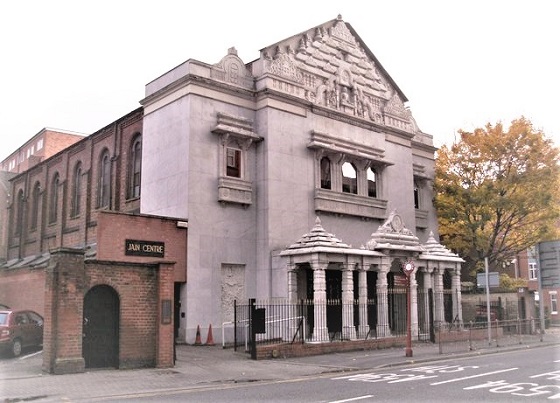
Situated across Oxford Street from DMU’s Clephan Building is the first consecrated Jain Temple in the western world.
Originating in India, Jainism is one of the world’s oldest religions. Jains believe in equality in all living things and swear a vow of non-violence, are vegetarian, care for the environment and are tolerant of all other faiths. The first followers of Jainism in Leicester arrived from India and Kenya.
Under the guidance of Dr Natubhai Shah, the Jain religion prospered in Leicester and Dr Shah recognised the need for a Jain Centre.
The centre opened in 1988 in what was a disused Congregational Church. It is clad in intricate carvings using white marble imported from India. Inside there are 44 carved sandstone pillars and hand carved staircases.
4. Traffic Lights
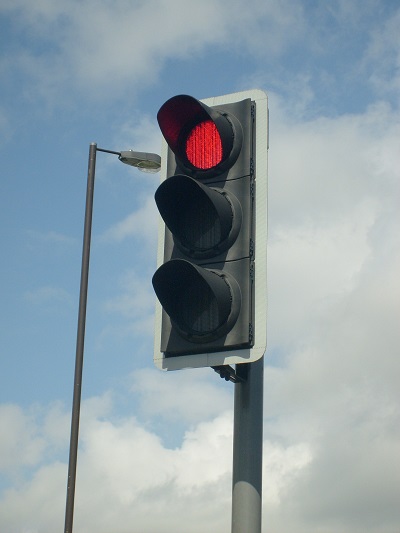
Stop. Some traffic lights, yesterday.
Now we’re not quite sure how this one started but according to…well…everyone who drives, Leicester has more traffic lights than any other city in the UK. It may be an urban myth, but once you’ve tootled around the ring road, Narborough Road and London Road in your Vauxhall Nova a couple of times we think you’ll be sharing the same ‘fact’ with friends and family.
5. We have the biggest covered market in Europe
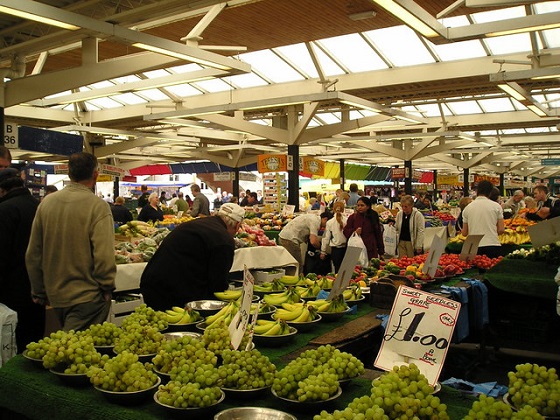
All those grapes for a quid! Bargain.
Leicester Market has been based in the same place for 700 years and is thought to be the biggest covered market in Europe. You need to know about Leicester Market because you can buy a week’s worth of fruit and veg for about a fiver. It’s a bargain hunter’s idea of heaven. As well as fruit and veg, there is also an indoor food hall selling fish, meat, cheese and the famous Melton Mowbray pork pies. Because of Leicester’s diversity you can also grab all the ingredients to cook great Asian and South-East Asian food. You also need to know that it was once home to Lineker’s fruit and veg stall, which a certain Gary Lineker used to work on with his dad Barry in between banging in the goals for Leicester City.
6. Leicester is home to the biggest crisp factory in the world
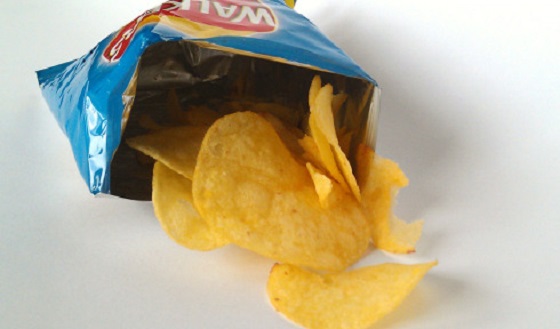
Cheese and Onion are Britain's faves
Talking of Gary Lineker (see the link there) did you know that Walkers’ Crisps has been frying potatoes in Leicester for 71 years and now runs the largest crisp factory in the world. If you head out to Walkers in the Leicester district of Beaumont Leys you can smell the factory before you see it.
The factory produces seven million packs of crisps a day. That’s right. A day. And it scrubs, washes and slices 40 tonnes of potatoes every hour. It’s a staggering operation. The company started in 1948 when Leicester butcher Henry Walker – former producer of pork pies and sausages on Cheapside – felt the pinch with post-war rationing and had to diversify. The story goes that he originally thought of making ice-cream but he didn’t have enough room in his fridges. Am I the only one now thinking of cheese and onion flavour Mr Whippy?
7. We have the largest Diwali celebrations outside of India
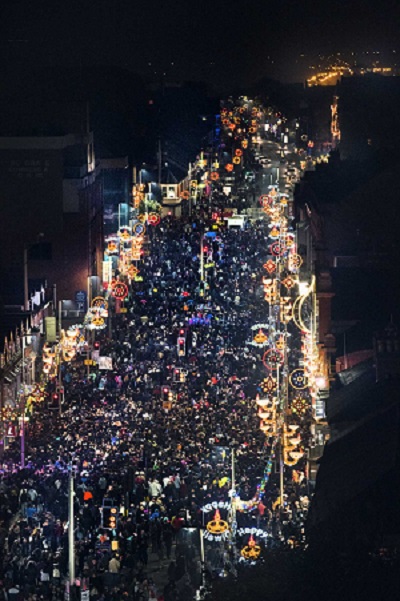
Huge crowds on the Golden Mile for Diwali
Leicester is famous for its diversity and as a result there are dozens of festivals that run throughout the year. It’s fair to say our city knows how to party. The Caribbean Carnival is said to be the largest in the UK after Notting Hill, but where we really have bragging rights is the way Leicester marks Diwali.
Around November time, the Hindu and Sikh Festival of Light sees around 40,000 people gather along the Golden Mile ( renowned for its authentic Indian restaurants, sari shops and jewellers and has been described as “the closest that Britain comes to an Indian bazaar”) to mark the occasion. There’s music, dancing, food and fireworks as well as the turning on of the Diwali lights, which stretch all the way along the Belgrave Road. In recognition of the city’s respect for different cultures, the lights stay on for Christmas too.
8. We had our own Roman baths
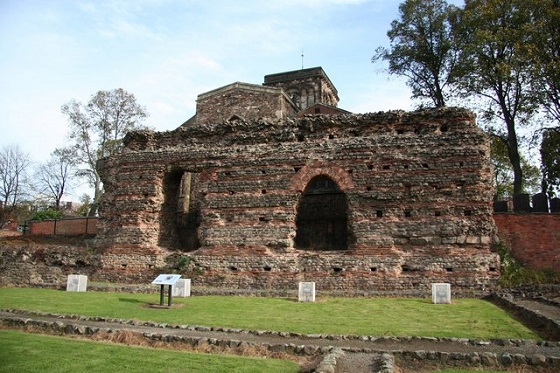
The Jewry Wall as it appears today.
Leicester has been continuously occupied for more than 2,000 years and is one of the oldest cities in the UK. It started as an Iron Age settlement near the River Soar before the Roman occupation. The city was named Ratae and in the second century the Jewry Wall Public Baths were built. Remains of the Jewry Wall still stand on St Nicholas Circle. Unfortunately, unlike the spa town of Bath, our version is missing one vital ingredient – water. So if you fancy a dip you’ll have to go to the DMU leisure centre.
9. It’s our fault. Local radio was born in Leicester
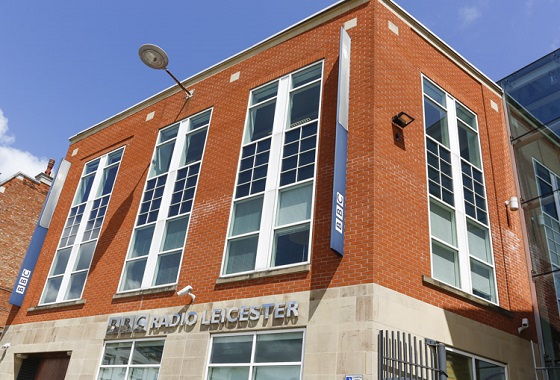
Radio Leicester's home in Jubilee Square
Britain’s first local radio station, BBC Radio Leicester, broadcast to the city in November 1967. The station was launched with a jingle, which was a version of the Posthorn Gallop – the tune that Leicester City players run out to at the King Power. It was followed by a speech by the Postmaster General, the Right Hon Edward Short.
The guests, including the Lord Mayor of Leicester and senior BBC staff from London, were greeted by a protest from members of the Free Radio Association, bemoaning the loss of pirate stations. These were broadcast from ships off the coast of England to avoid the need for a UK license.
10. We have the most diverse street in England
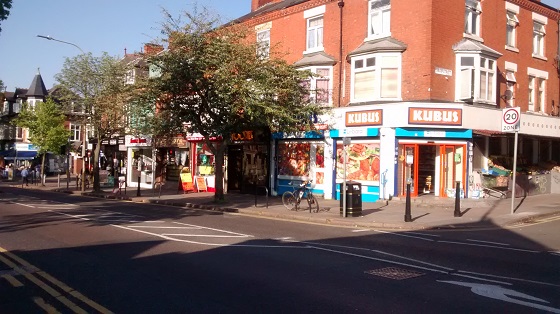
Just some of the 222 shops in Narborough Road
Narborough Road is, officially, the most diverse street in England, according to researchers at the London School of Economics.
There are 222 shop units on Narborough Road – the mile-long gateway to the city centre from the West End – and researchers found that the owners of those units come from 22 countries around the world. Lead researcher Dr Suzanne Hall told the Leicester Mercury: "It is the world in microcosm; all these people, from all these different places, different cultures, living cheek by jowl, working with each other and living in harmony."
11. The fattest man in Britain (circa 1805) was from Leicester
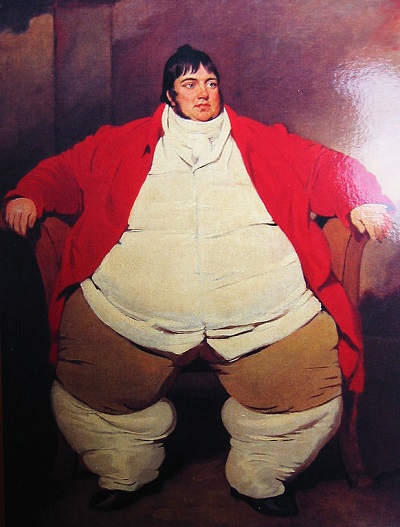
A portrait of Daniel Lambert in the 19th century
Daniel Lambert was a jail keeper and animal breeder. Despite being athletically active and abstaining from alcohol his weight started to balloon in adulthood. He tipped the scales at 50 stone in 1805 and became the heaviest authenticated person, up to that point, in recorded history.
Daniel moved to London and put himself on show to make money. It became quite the fashion to visit him in his apartment.
At the time of his death, he weighed 52 stone 11 pounds (335 kg), and his coffin required 10.4 square metres of wood. Despite the coffin being built with wheels and a sloping approach being dug to the grave, it took 20 men almost half an hour to drag his casket into the trench.
A set of Lambert's clothes, together with his armchair, walking stick, riding crop and prayer book, are on permanent display at the Newarke Houses Museum.
12. Leicester took a lead role in the campaign for Votes for Women
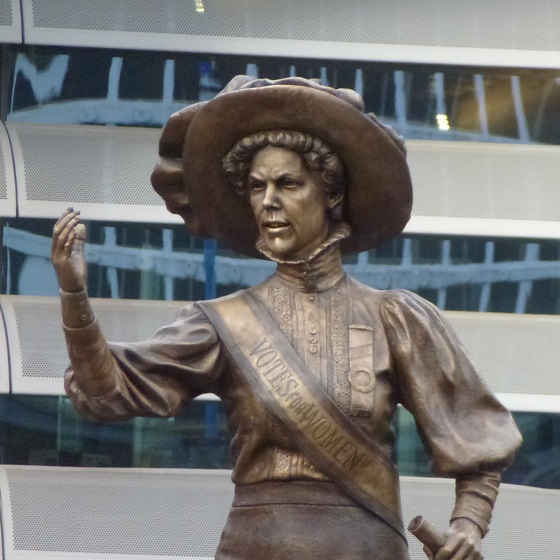
The Alice Hawkins statue in Market Square
Alice Hawkins was a leading English suffragette and started her campaign for Votes for Women in Leicester. She was a boot and shoe machinist at Equity Shoes, which is now student accommodation near Bede Park.
She went to prison five times for acts committed as part of the Women’s Social and Political Union militant campaign. Her husband Alfred Hawkins was also an active campaigner.
Hawkins was first jailed in February 1907, among 29 women sent to Holloway Prison after a march on Parliament. She was jailed a second time in 1909 as she tried to force entry into a public meeting where Winston Churchill was speaking.
Her third imprisonment was in 1911 after throwing a brick through a Home Office window in full view of a policeman. She was jailed twice more in 1913, first for throwing ink into a Leicester post box, and then a last time for digging a slogan into a golf course at night.
In 2018 a statue of Alice was unveiled in Leicester Market Square.
13. Lots of famous people are from Leicester
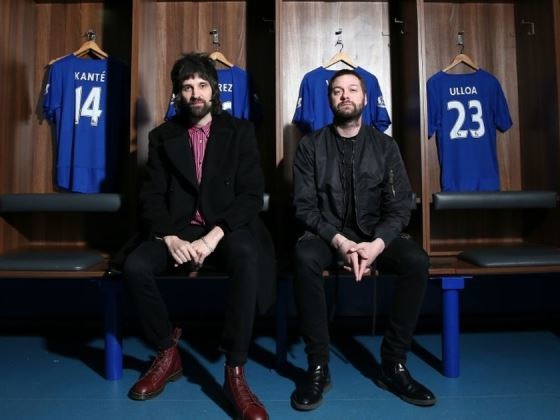
Famous Leicester lads Serge and Tom of Kasabian
You are now living in the home town of Gary Lineker, Sir David Attenborough, Sir Richard Attenborough, Kasabian, playwright Joe Orton, fashion guru Gok Wan, World Cup-winning England goalie Gordon Banks, Queen bassist John Deacon, Deep Purple keyboardist Jon Lord, Monty Python’s Graham Chapman, Adrian Mole author Sue Townsend, Booker Prize-winning novelist Julian Barnes, ITN news anchor Julie Etchingham, World Champion snooker player Mark Selby and Oscar-nominated film director Stephen Frears…to name a few!
Posted on Friday 23 August 2019